© Good Travel Guide, July 2021
On the 6th July 2021, our team has interviewed Albert Salman, founder of Green Destinations and of the QualityCoast program to learn more about it. He explains the history of the program, its characteristics and differences with other certification or award schemes, and its contribution to the protection of coastal destinations.
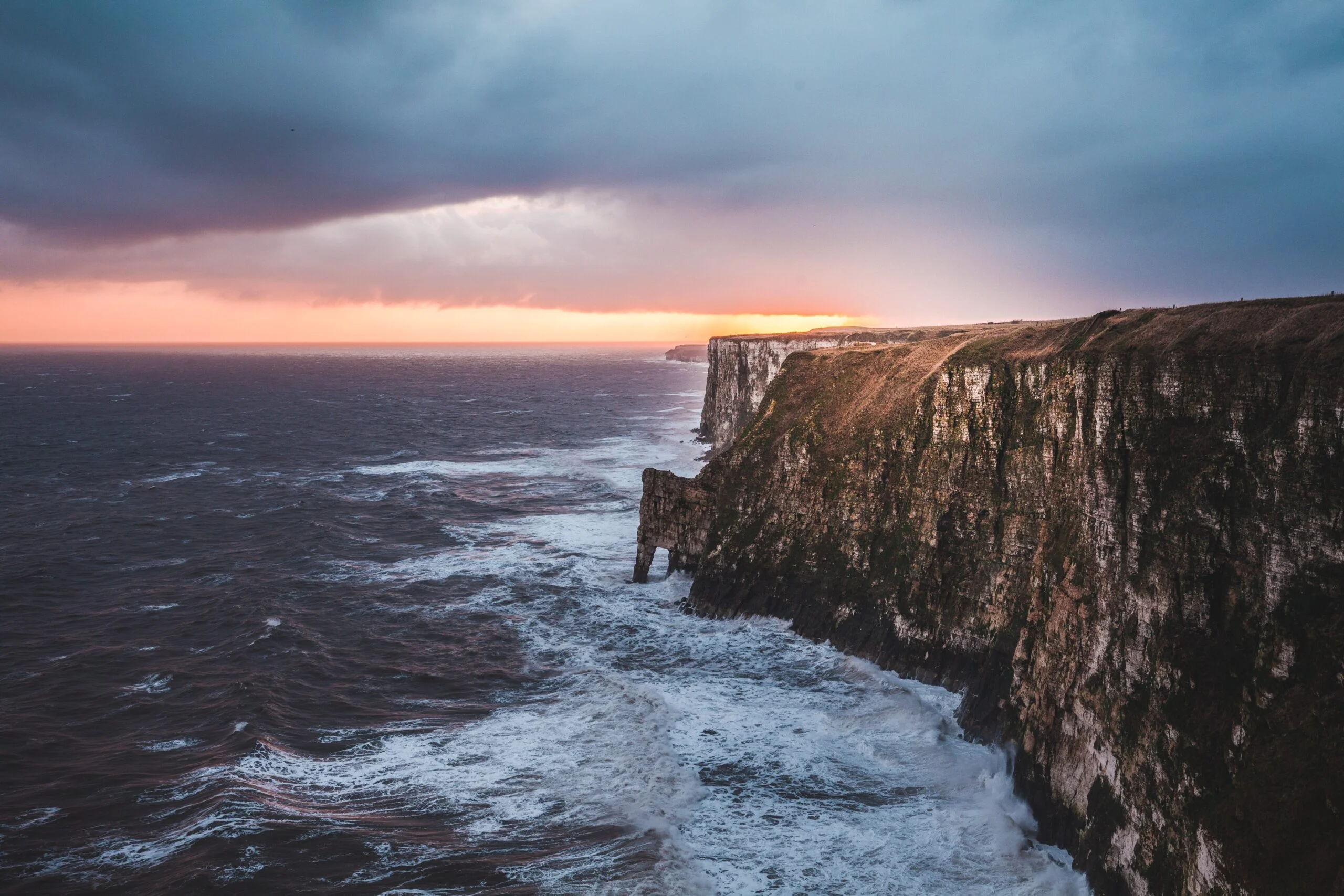
Could you please introduce yourself?
I am Albert Salman, I am president of Green Destinations and also the founder of the QualityCoast program, back in 2005.


What is the QualityCoast Award?
“The idea came in the 1990s when it appeared that tourism had increased its ecological footprints on the European coastlines”
The QualityCoast award was created in Europe. The idea came in the 1990s when it appeared that tourism had increased its ecological footprints on the European coastlines, especially in the Mediterranean but also in the west coasts of France and Portugal and the north sea and the Baltic sea. Every coastal country was increasingly under pressure of tourism at the time. In the 1990s, I was working in the European Coastal Union and we saw that the impact of tourism was increasing in coastal management in a wide sense. So we felt there was a need for criteria and indicators for how you can develop tourism in a coastal environment in a more sustainable way. We started with the criteria, later we came with indicators measuring progress in meeting criteria. And that resulted in the QualityCoast program in 2006.
What is the difference between Green Destinations and QualityCoast Awards?
Both awards are based upon the same set of criteria, so the same standard. The Green Destinations Standard has now 84 criteria, what any destinations in the world, whether it is in Antarctica or the tropics can and maybe should do if they want to claim that they are having sustainable tourism.
“The difference is that we use different focuses.”
In the QualityCoast program, we look more strongly at bathing water quality because tourists are often going to the coasts to swim and to enjoy the coast and marine waters, we look at coastal landscapes because the open sea is a very important reason for people to go there and we look at the way waterfront development is having an impact on coastal dynamics. The coast is not just a piece of land. The coast is an interface between land and sea and it is a dynamic interface so you can have erosion, floodings, or even creation when there is a sand wave passing by along the coastline. So it is a very dynamic situation in which you have also the complication of climate change resulting in sea level rise, with huge implications currently already but in the future especially with a 2.5m sea-level rise expected in the rest of this century Even with the Paris climate agreement saying that we should not go more than 2°C warmings, the result would be a 2.5m sea-level rise. This will have huge implications on coastal tourism which represents 80% of tourism worldwide. That is the reason that we need a coastal marine program within the QualityCoast program to look at these issues especially. So we look at very different indicators as well to measure progress towards sustainability.
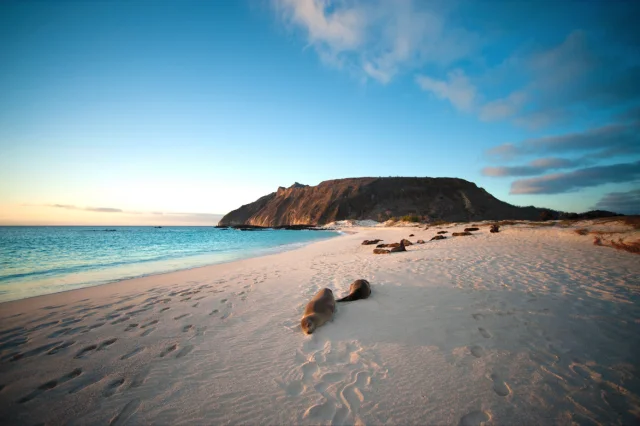
Which destinations are eligible for the QualityCoast Award?
Every small island is eligible, also every tourism destination which is located along a coastline.
How many destinations are QualityCoast certified?
The municipality of Schouwen-Duiveland in the Netherlands is fully certified. They complied with the whole of Green Destinations standards but there are about 40-50 destinations around the world that also participate in the QualityCoast program with at least a bronze award which means reasonable compliance to the Green Destinations criteria (60%)

Why should a destination get awarded by QualityCoast Program rather than another certification scheme?
“The QualityCoast program is the only global destination certification with a coastal and marine focus”
I think the QualityCoast program is very visible. There are not so many destination certifications in the world, less than 10 and most of them are not global so there are only 3 or 4 global destination certifications but they do not have a coastal focus. So the QualityCoast program is the only global destination certification with a coastal and marine focus that pays special attention to coastal and marine issues and has indicators that make it visible, whether destinations move in the right direction or maybe into the wrong direction. This is the only one I think that makes sense for coastal destinations to participate in.
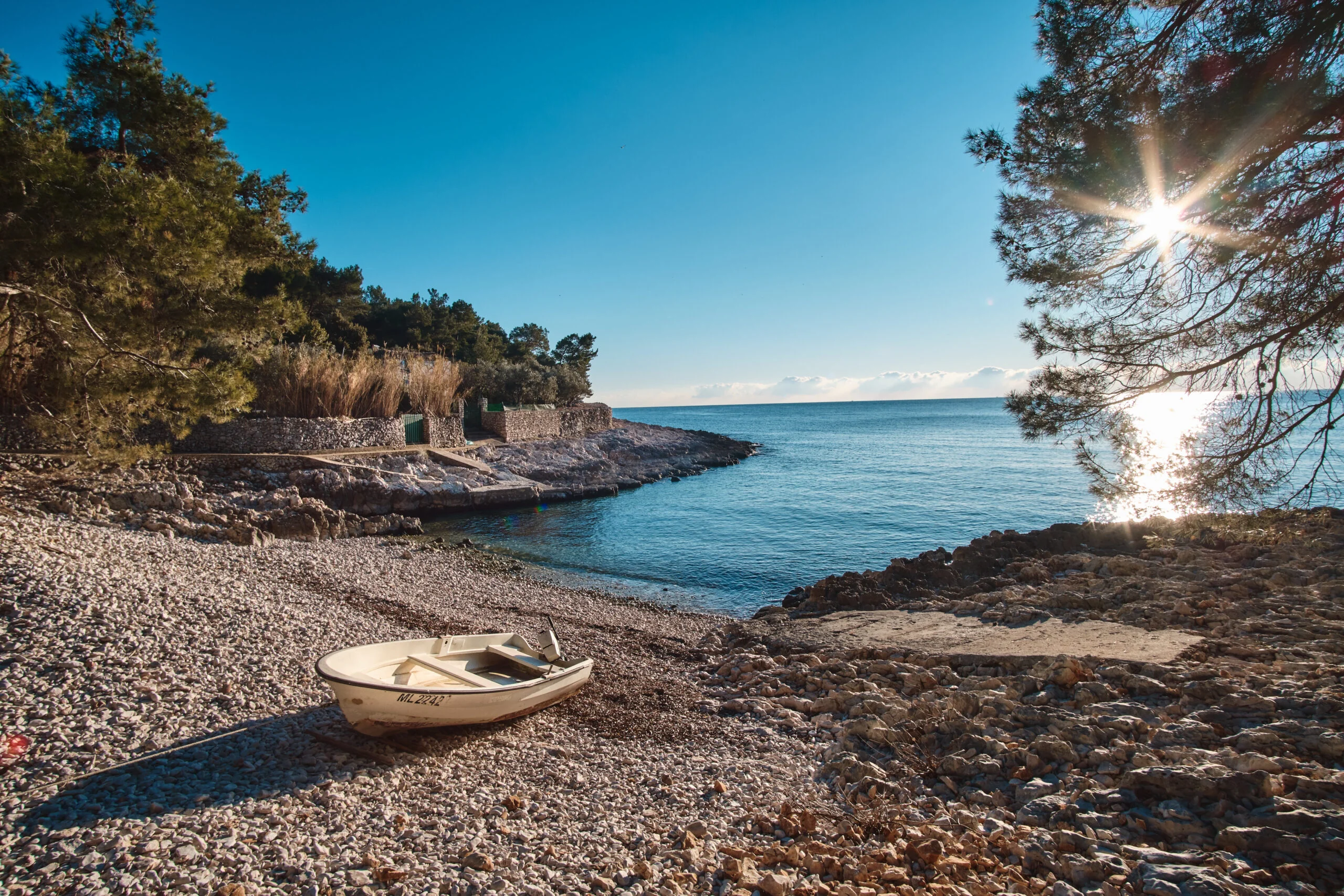
A second reason is also that it is very visible for the visitors because we have flags and banners showing the QualityCoast logo to the audience. Here in the Netherlands, there are a number of QualityCoast destinations and they display the flag and banners, not only on the beach but also on the roads and into the towns. We think the flag is reflecting, with the blue and the yellow, the beach and the sea and also maybe the blue sky. And it has a dolphin as a symbol of ecology, of, let’s say, healthy ecology because it is a good indicator of a healthy sea. Also, we have a lot of attention to promotion because the QualityCoast and the Green Destinations Award and Certification are connected with the Good Travel Guide, which ensures public visibility of what is really sustainable in tourism and clarifies that to the people with examples. We do not use the word “sustainability” actually in the Good Travel Guide, or hardly, we clarify what it means in practice with elements that are the important key issues in the standards and the performance of the destinations.
How does the QualityCoast Award contribute to the three pillars of sustainable development (environment, economy and society)?
The main reason, 15 years ago, to start developing it was the environment. So it has a very strong focus on environmental issues. It makes a place safe. We don’t accept that bathing waters are unsafe. It should have safe bathing and promote having a blue flag on the beach, which also means bathing water safety and supervision. We give a lot of attention to air quality and other aspects of safety in a wide sense. Nature and landscapes are also very important aspects. There should be attention to protect national values and the landscapes. Open landscapes are very important for coastal resorts so we really strongly encourage destinations to pay attention to that. That is also shown by destinations that they improved the environmental and natural landscapes quality and the scenic values of the destinations. That is the biggest benefit.
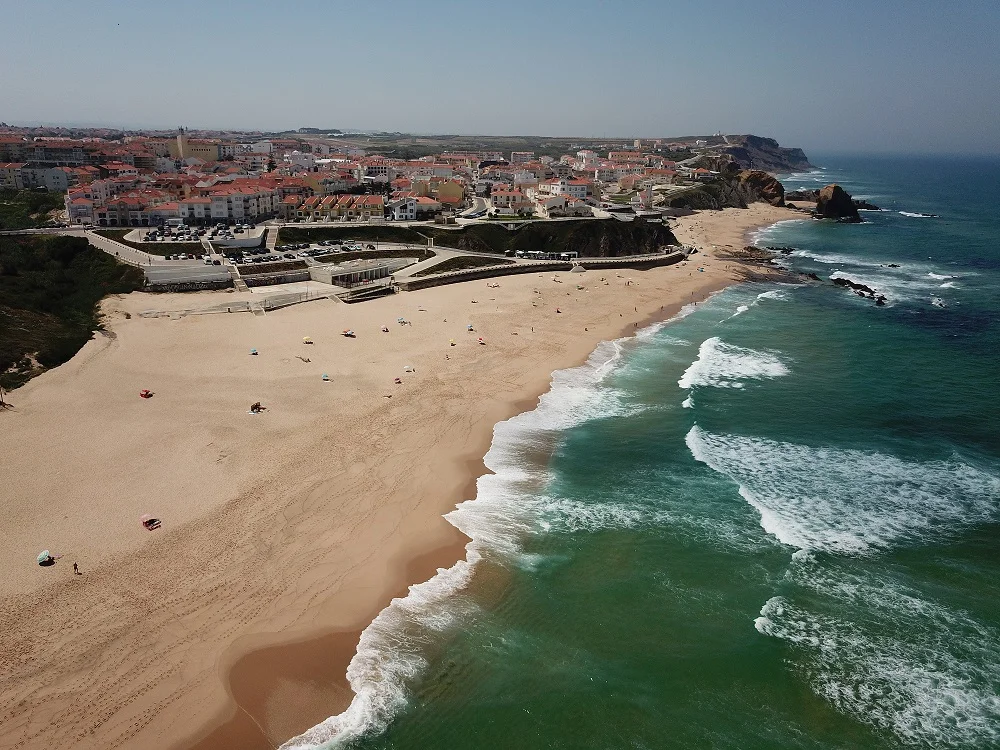
But the second biggest benefit is the involvement of local communities in tourism. We do not put the environment first, we put people first. Locals, residents are, in our view, the cornerstone of tourism. You should not have tourism that is negative or damaging for the local community. So we strongly encourage the destination managers to include not only the business sector but also the local stakeholders and community in their planning and management of tourism. They can for example involve them in surveys to check if they are satisfied with the level of tourism that there is.
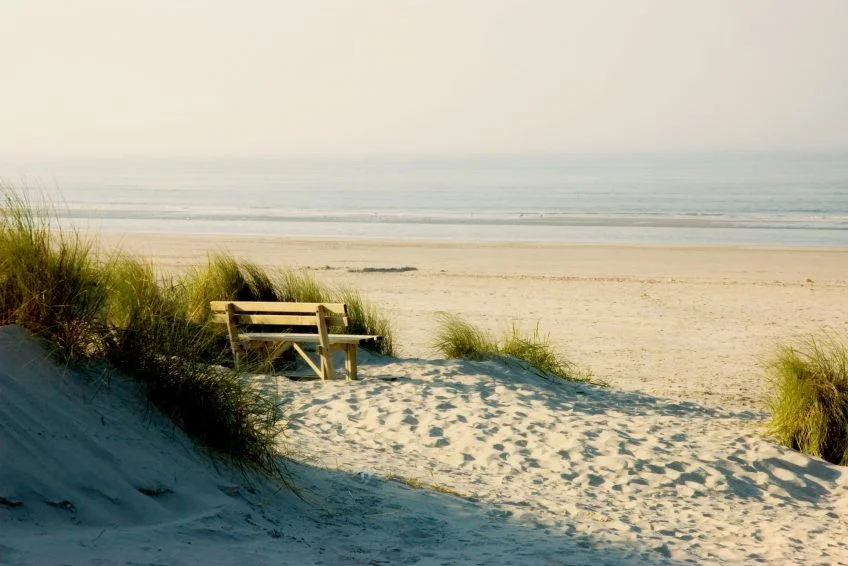
Thirdly, economy. You cannot have tourism without a business model and we encourage destinations not to rely on international businesses but the local business sector. Destinations should have a local business sector that takes advantage or profits from tourism development and not outlets of international food chains for example. When you have a lot of family and local restaurants offering local food, the food is also more sustainable because it is often locally sourced and locally prepared and that makes a better destination also for visitors. Because you can eat McDonald’s around the corner, so you do not need to go anywhere to eat McDonald’s food. Go for the local food that supports the local economy in the place. I said it in number 3 but of course, it is the base of tourism. Without a vibrant local economy, you cannot have tourism that benefits the local community.
Is there anything else you would like to mention?
The name QualityCoast includes the word “quality”, not the word “green” because you cannot have all the words in one brand. But I think the word quality is very important because along the coast, while 80% of tourism is on the coast, is not always in nature areas, like in the Spanish Costas, it is often a very urban environment. Maybe if you are lucky there are palm trees planted in the esplanades, but what you look at there is quality, the quality of life. The quality of life is so important and is maybe the reason why people go to the coast to relax. And it cannot always be green, maybe it is just blue and sandy yellow but its quality is the result of sustainability because they are really linked.




